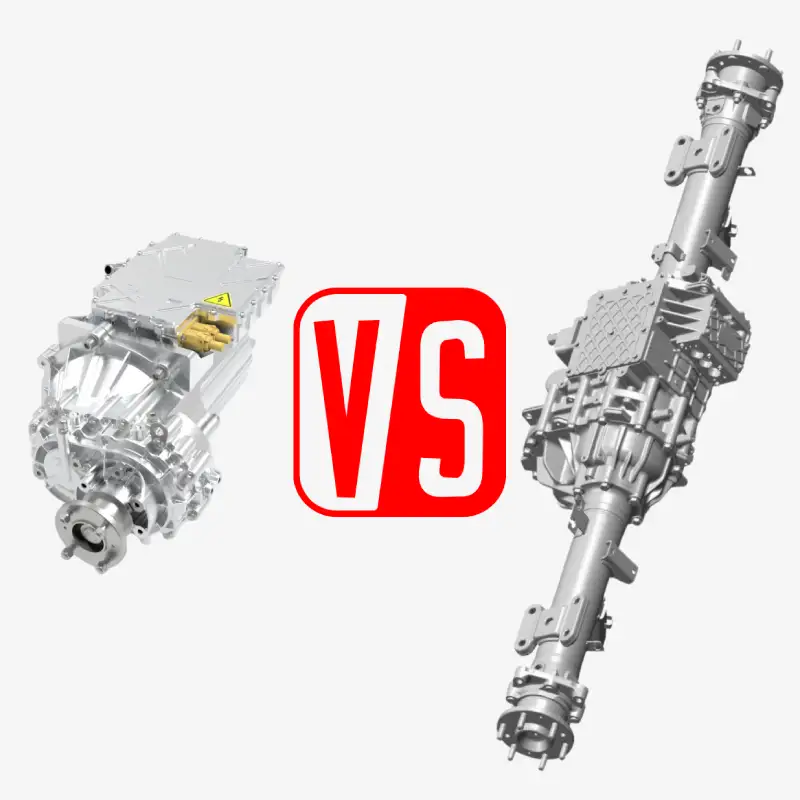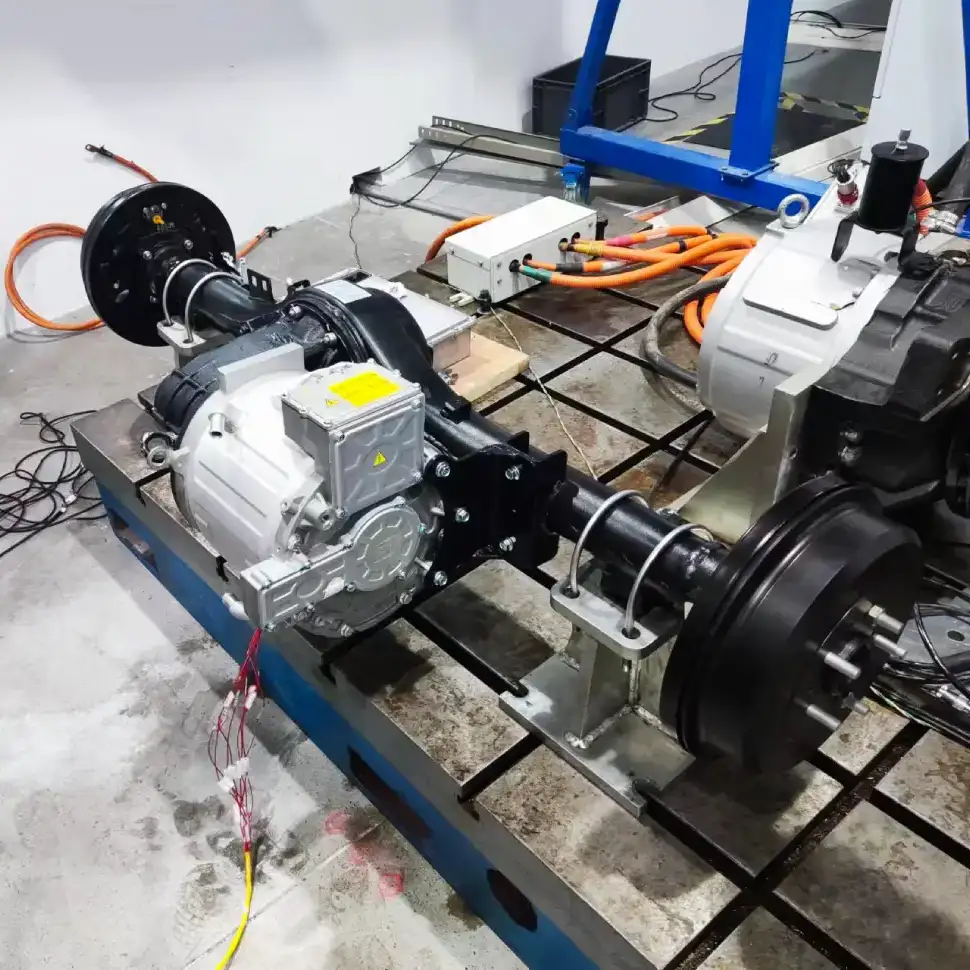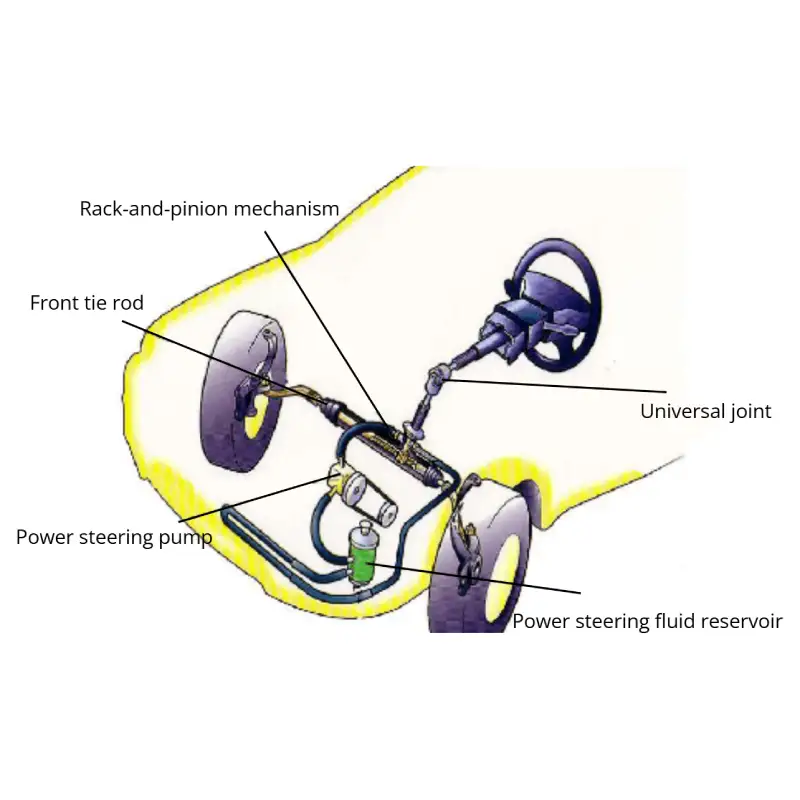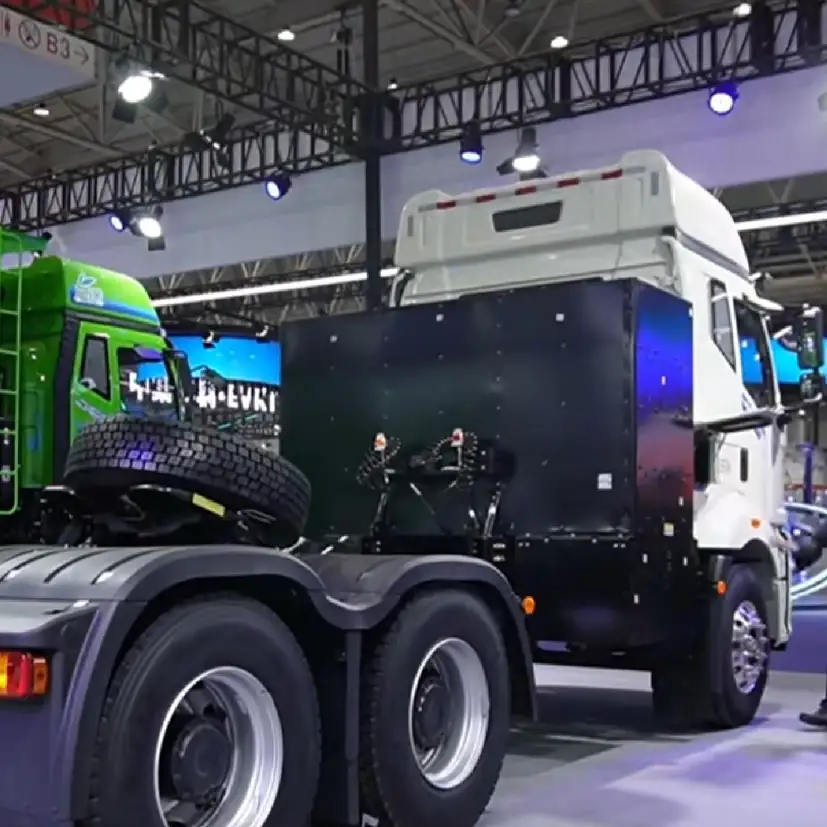Electric Drive Axle for Truck: Introduction to Heavy-Duty Truck E-Powertrain Technology
Sales of electric trucks have continued to grow, driven by ambitious government policies and increasing demand for clean transportation. For heavy-duty truck manufacturers, adopting a reliable and high-performance electric drive axle for truck applications is essential to stay competitive in this fast-growing market.
The Evolution of the Electric Drive Axle for Heavy-Duty Trucks
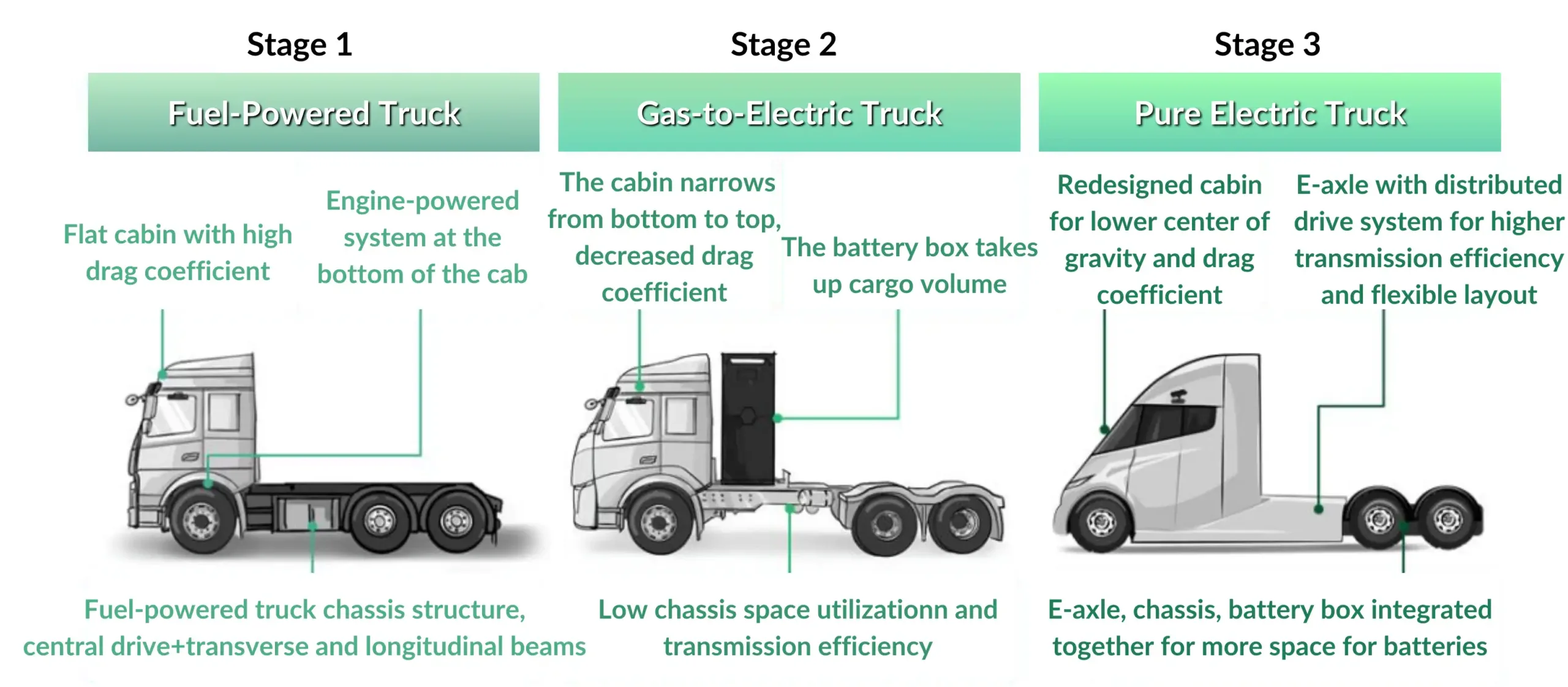
The evolution of heavy-duty trucks has gone through three distinct phases, with a vision of the future of electric mobility shaping the landscape. First, traditional fuel-powered trucks dominated the roads, with cabs that were flat and high drag coefficient. These trucks relied on engine-based power systems located at the bottom of the cab.
The next phase saw the emergence of gas-electric heavy-duty trucks, which retained the central drive model but swapped the engine for electric motors. However, these vehicles retained conventional propulsion systems that were bulky, inefficient, and compromised cargo space due to rear-mounted battery boxes.
Today, battery-electric heavy-duty trucks typically use the electric axle for truck powertrain architecture. EV solutions with electric drive axles provide increased transmission efficiency and space flexibility. At the same time, cabin structures are redesigned to lower the center of gravity and improve aerodynamics.
Why The Electric Drive Axle is a Better Choice for Battery-Electric Trucks
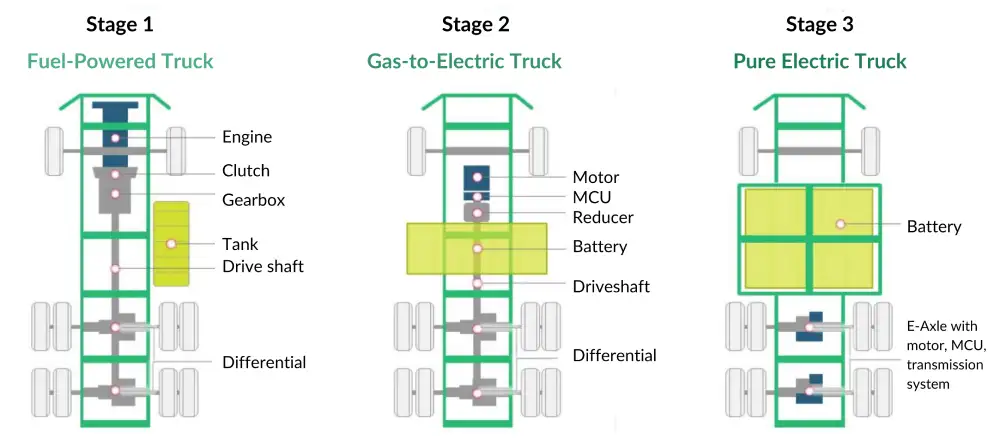
With an advanced electric drive axle for truck platforms, manufacturers can redesign chassis structures to maximize space and performance. For example, battery-electric heavy-duty trucks using our e-axle solution can eliminate traditional driveshafts, allowing the chassis structure to be redesigned to accommodate the battery spread flat across the chassis. This layout has many advantages:
- Placing the battery flat at the bottom allows for a larger battery capacity, extending the range while minimizing intrusion into the cargo area.
- By using a box-shaped beam frame structure, the battery pack is placed within the box frame structure, ensuring both battery safety and full utilization of the chassis load capacity.
- Lowering the vehicle’s overall center of gravity reduces the risk of rollover during cornering and improves driving stability and maneuverability.
- The overall appearance of the vehicle is improved.
Analysis of Different Electric Powertrain Configurations for Heavy Trucks
At present, the primary e-powertrain configurations for electric heavy trucks encompass several distinct forms:

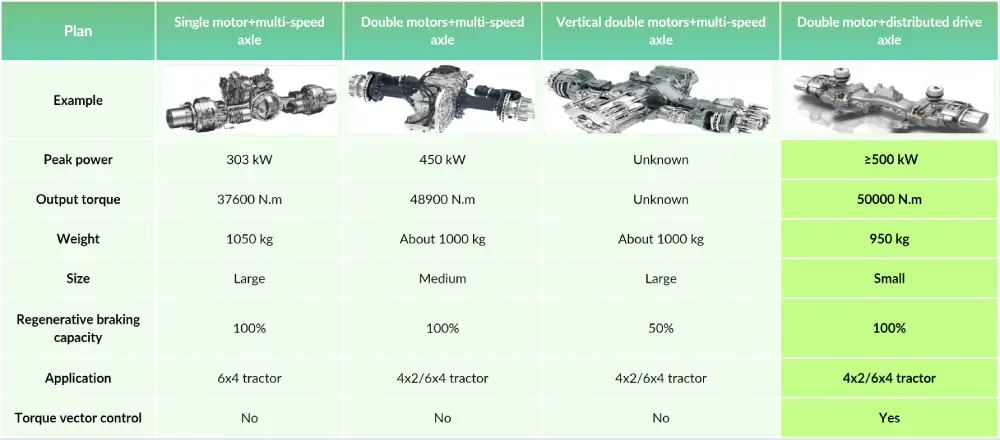
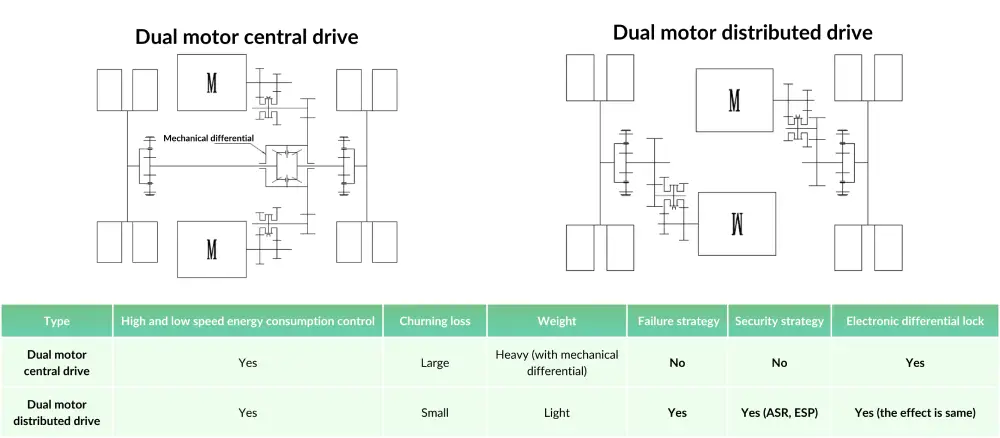
Example: Brogen's Electric Drive Axle for Heavy-Duty Trucks
Let’s take our 360 kW eAxle as an example, which is suitable for 6×4 and 4×2 tractors and heavy-duty trucks. Compared to similar eAxle products on the market, our eAxle integrates two motors, providing higher system power and torque with a smaller footprint, and has 100% regenerative braking capability, eliminating mechanical differentials. This results in lower space requirements, weight, and cost.
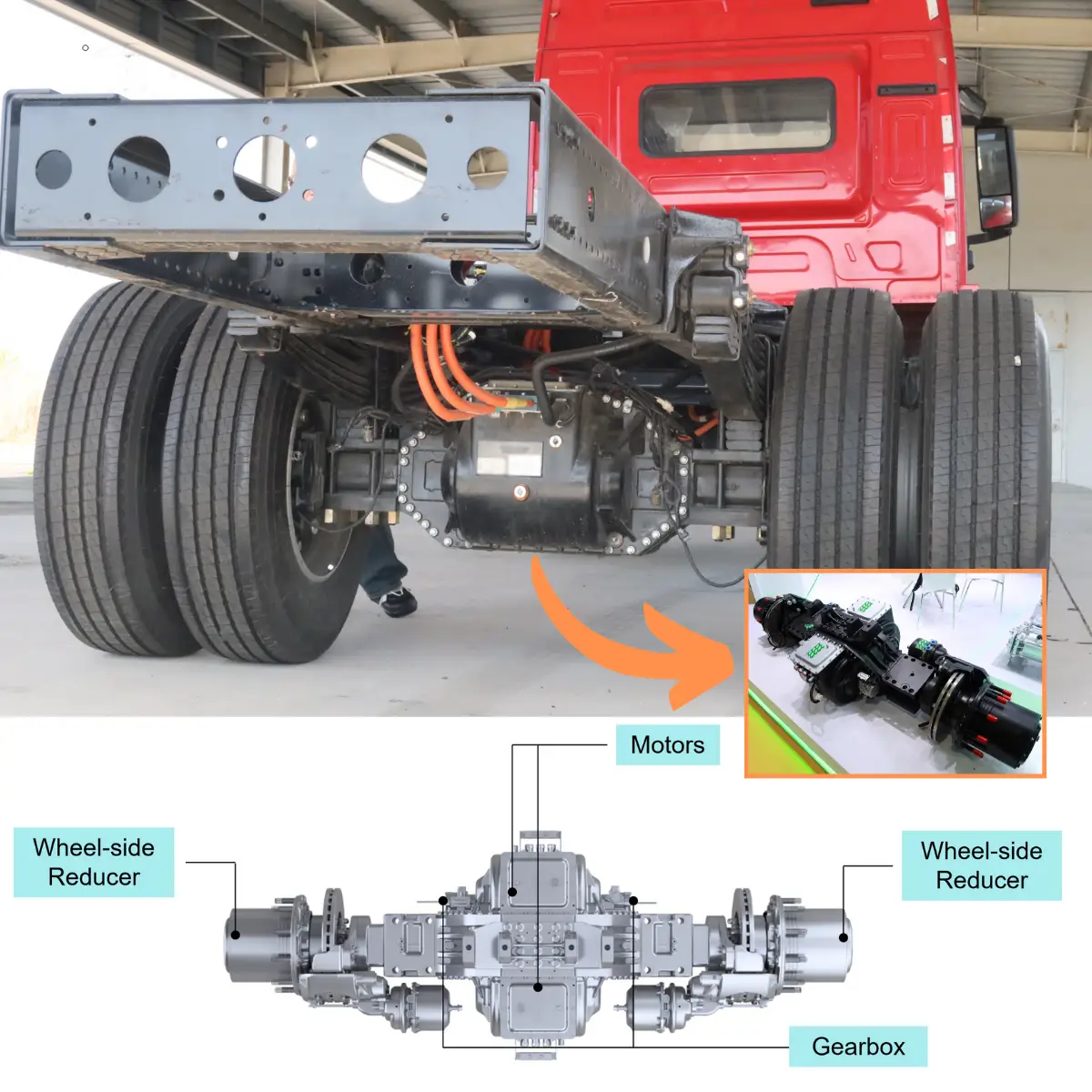
Additional Safety Redundancy
In addition, our electric drive axle system minimizes layout losses, reduces weight, and incorporates fault and safety strategies. The two drive systems are completely independent, consisting of a motor + 2-speed AMT and wheel-side reducer, using electronic differential technology and independently controlling the left and right drive systems. In the event of a single motor failure, the other motor can continue to operate normally, ensuring system safety.
23% System Weight Reduction
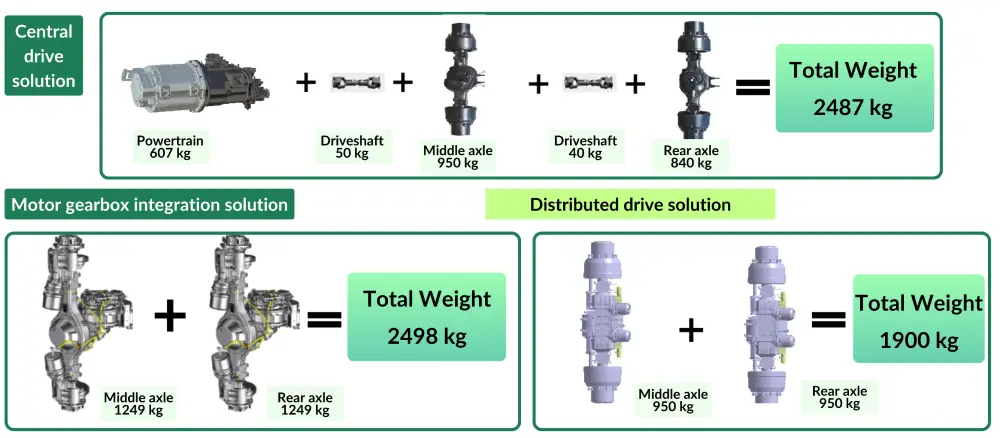
In contrast to the central drive system, our distributed drive system has achieved a weight reduction of 23.6%. Similarly, compared to the motor gearbox integration system, our distributed drive system has managed to reduce weight by 23.9%.
Good Passability

The distributed drive system boasts a 7.3% increase in ground clearance compared to the central drive system. Moreover, it achieves an even greater elevation of 11.7% when compared to the motor gearbox integration system.
Higher Transmission Efficiency
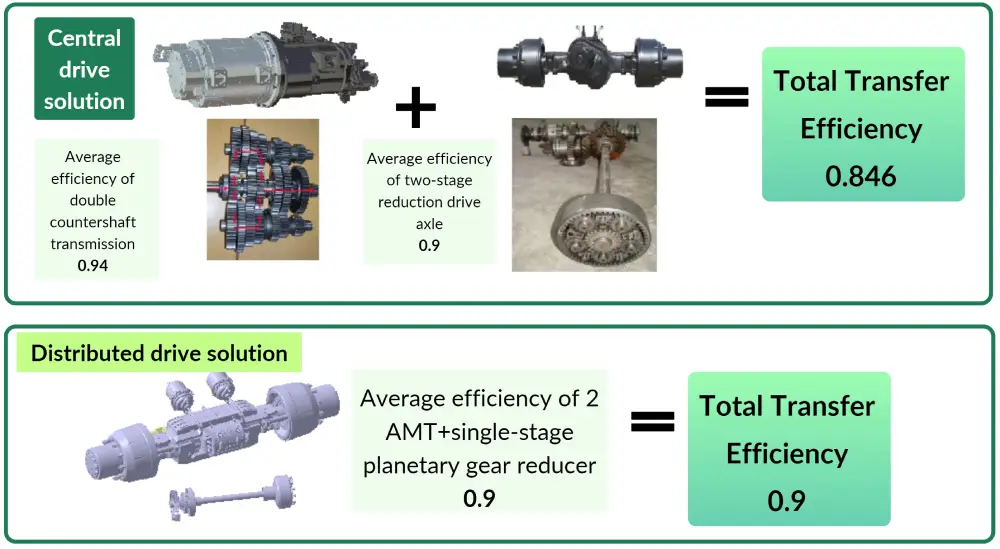
Compared to the central drive system, our distributed drive system demonstrates a 6% enhancement in overall transmission efficiency.
High Safety
Currently, heavy-duty trucks are only equipped with ABS and lack ASR, ESC, and EDL. With our EV motor’s electronic differential system strategy control, heavy trucks can be equipped with ASR/ESC safety configurations, improving vehicle traction, stability, and safety.
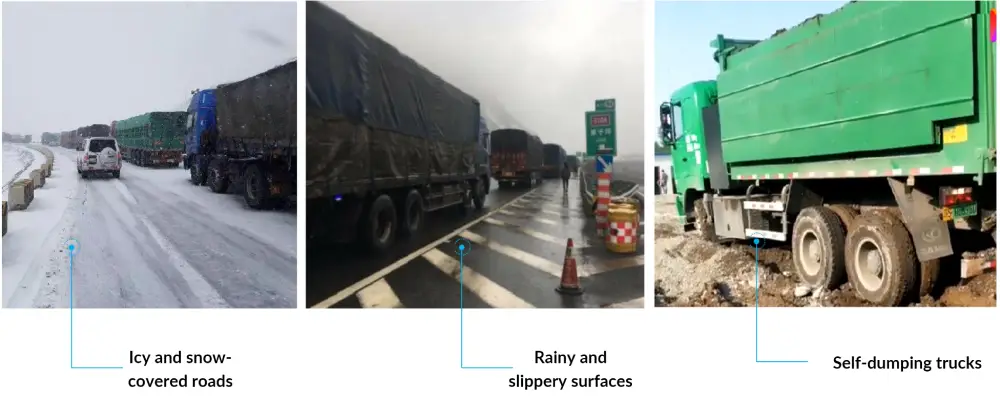
Our Offerings of Electric Drive Axle for Trucks
At Brogen, we provide a comprehensive range of electric drive axle solutions for trucks, from Class 1 to Class 8, and other commercial vehicles, including electrified trailers. Our e-axles feature mature, reliable technology designed for high performance and durability. Discover here: https://brogenevsolution.com/electric-axle-for-truck/
- Business inquiry: contact@BrogenEVSolution.com
Contact Us
Get in touch with us by sending us an email, using the Whatsapp number below, or filling in the form below. We usually reply within 2 business days.
Email: contact@brogenevsolution.com
Respond within 1 business day
Whatsapp: +8619352173376
Business hours: 9 am to 6 pm, GMT+8, Mon. to Fri.
LinkedIn channel
Follow us for regular updates >
YouTube channel
Ev systems introduction & industry insights >
